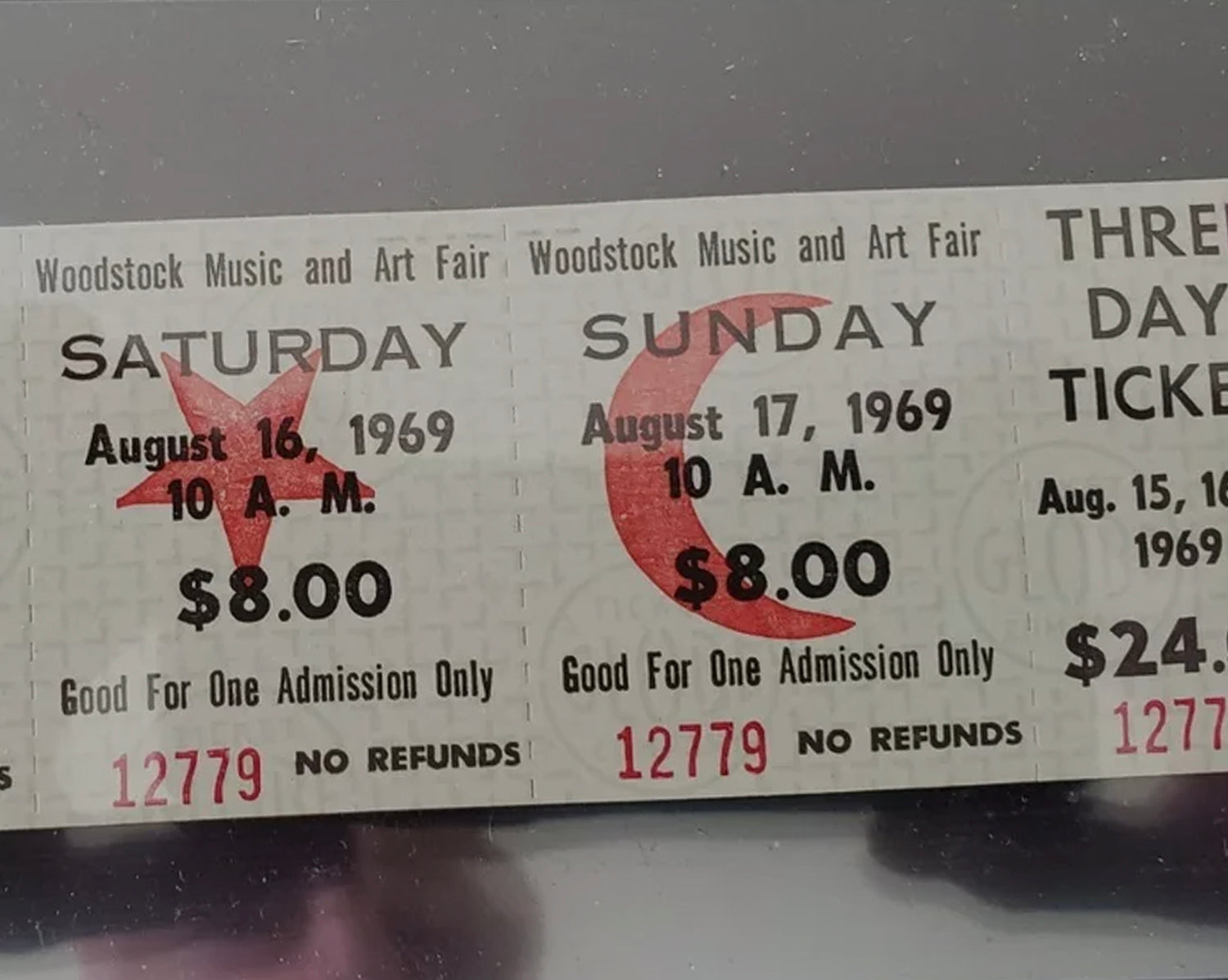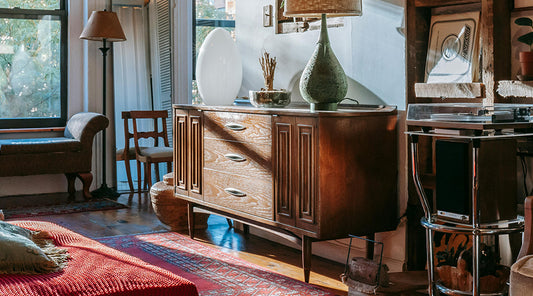
Vintage and Retro: A Guide to Understanding the Difference
Why Understanding the Difference Between Vintage and Retro is Important
In the world of home decor and fashion, the terms vintage and retro are often used interchangeably, but they have distinct meanings. Understanding the difference can help you make more informed choices, whether you're shopping for collectibles, decor, or personal style.
This guide will explain in a simple but thorough way what distinguishes vintage from retro, helping you to correctly identify each category of object and avoid expensive rip-offs...
Definition of Vintage
What Does Vintage Mean?
The term vintage refers to original items produced at least 20-30 years ago, usually up to the 1980s or 1990s. These items must be authentic and from a specific era. Their age, quality and often distinctive design make vintage pieces highly sought after by collectors and enthusiasts. We have discussed in depth in this article the meaning of the word vintage .
Examples of Vintage Objects
Common examples of vintage items include 1950s furniture , vintage clothing, antique jewelry, and iconic brand accessories . A piece of teak furniture from the 1960s, for example, or a Chanel bag from the 1980s, are considered vintage not only because of their age, but also because of their historical and cultural value.
Definition of Retro
What Does Retro Mean?
The term retro refers to new or recently produced items that are inspired by the design, style, or aesthetics of a bygone era. These items are not authentic period pieces, but rather modern reinterpretations that hark back to the style of previous decades.
Examples of Retro Objects
Retro items can also include furniture, clothing, or decorations produced today, but unlike vintage items, they only imitate the style of the 1950s, 1960s, or 1970s. For example, a modern radio with a 1950s design or a recently produced Art Deco lamp are considered retro.
Vintage vs Retro: The Key Differences
Age and Authenticity
The main difference between vintage and retro is the age and authenticity of the items. While vintage is authentic and comes from the era it represents, retro is a modern reproduction inspired by a past style. A vintage dress will be an authentic piece of clothing from the era, while a retro dress will be a new creation with a similar design. Learn how to recognize vintage items with our guide .
Materials and Production
Vintage items are often made with materials and production methods from the original era, which may include artisanal techniques or materials that are now considered rare. Retro items, on the other hand, are produced with modern techniques and materials, even if they imitate the vintage look. This difference can affect not only the appearance but also the durability and value of the items.
How to Choose Between Vintage and Retro for Your Home
Tips for Decorating with Style
If you want to add a touch of history to your home, vintage can offer authenticity and unique pieces that tell a story. If you are looking for the convenience of modern production with a vintage look, retro could be the right choice. Mixing the two can create an eclectic environment full of personality. When shopping, pay attention to quality, provenance and context of use to choose the piece that best suits your needs. On our furniture blog you can find lots of advice on how to furnish your home with vintage and retro objects .
Conclusion
Understanding the difference between vintage and retro can help you make more informed choices, whether you’re decorating your home, updating your wardrobe, or collecting vintage items. Both categories offer unique value and style, but it’s important to recognize the distinctions to fully appreciate their appeal and avoid being scammed.










